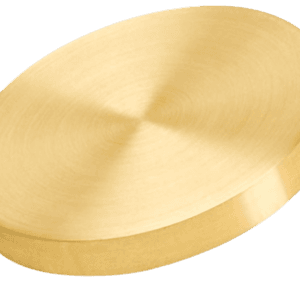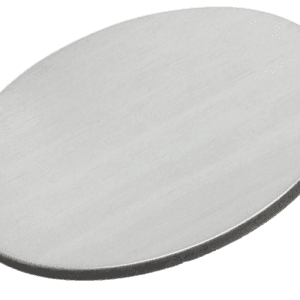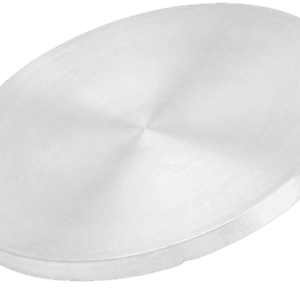ST0981 Potassium Tantalate Sputtering Target, KTaO3Potassium Tantalate Sputtering Target Description
Potassium-Tantalate sputtering targets are essential in thin film deposition technology, serving critical roles across various fields. They are extensively used in creating optical coatings, preparing electronic devices, and advancing research in electronics and optics.
Potassium tantalate (KTaO3) is a key ferroelectric material, notable for its ferroelectric, optical, and electro-optic properties, as well as piezoelectricity. Its applications span electronics, optics, optoelectronics, and acoustic devices, making it a versatile material in both practical and research contexts.
Related Product: Potassium Niobate Sputtering Target, Potassium Tantalate Crystal Substrates
Potassium Tantalate Sputtering Target Specifications
| Compound Formula | KTaO3 |
| CAS No. | 12030-91-0 |
| Appearance | White Target |
| Available Sizes | Dia.: 1.0″, 2.0″, 3.0″, 4.0″, 5.0″, 6.0″ Thick: 0.125″, 0.250″ |
Potassium Tantalate Sputtering Target Handling Notes
Indium bonding is recommended for Potassium-Tantalate sputtering targets because of their characteristics that can pose challenges during sputtering, such as brittleness and low thermal conductivity. The low thermal conductivity and susceptibility to thermal shock of this material make indium bonding an effective solution to enhance its stability and performance during the sputtering process.
Potassium Tantalate Sputtering Target Application
Potassium-Tantalate sputtering targets are widely utilized in thin film deposition technology, demonstrating remarkable versatility and impact across multiple applications. In optical coatings, these targets are crucial for creating coatings that improve light manipulation and transmission, thereby advancing optical technologies. Their use in electronic device preparation is equally significant, ensuring the production of high-performance components essential for modern electronics. Additionally, Potassium-Tantalate sputtering targets are fundamental in various research fields within electronics and optics, supporting the development and exploration of new technologies.
Potassium Tantalate Sputtering Target Packaging
Our Potassium-Tantalate sputtering targets are meticulously managed during storage and transportation to ensure they retain their quality and arrive in optimal condition.
Get Contact
TFM’s Potassium-Tantalate sputtering targets come in a range of forms, purities, and sizes. We focus on producing high-purity physical vapor deposition (PVD) materials with the highest density and smallest average grain sizes, ideal for use in semiconductor, chemical vapor deposition (CVD), and PVD applications in display and optical technologies.





Reviews
There are no reviews yet.